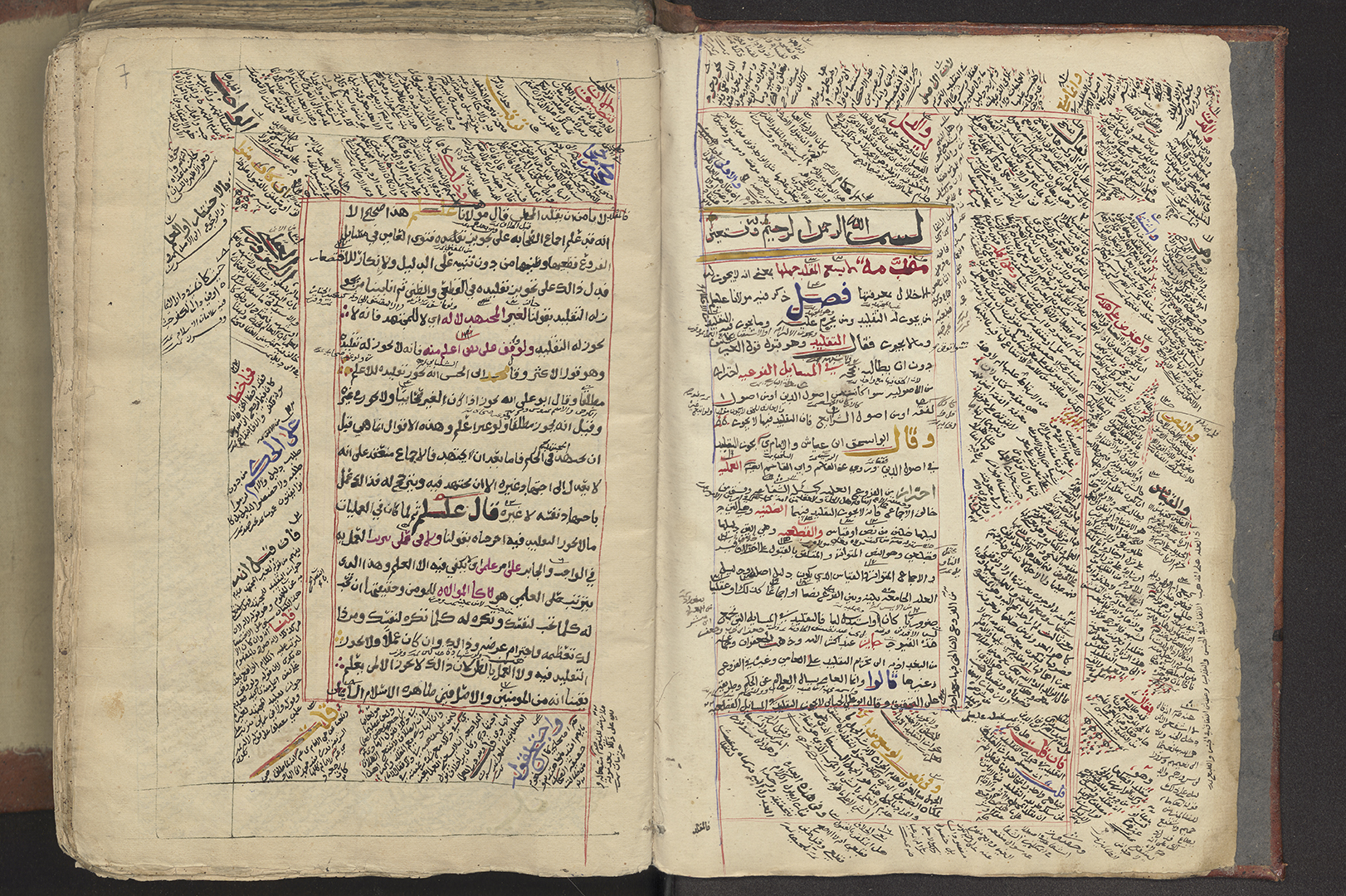
Why the older layer was wiped out cannot be said definitely until it can be read in detail. There seems to be not any exception in non-Qur'anic texts within other early-Islamic writings. Such separators were used only in Qur’ans. Additionally at least one separator of surahs (two parallel lines crossing the page from right to left, again with some patterns between them) clearly can be recognized in the original script of the palimpsest codex (to be seen in the above piece). Even in the above small piece of the palimpsest one may recognize such separators in both layers of writing. This is to be seen easily by a peculiarity of both layers of writing: The washed off script as well as the second writing display verse separators, i.e. Without applying special technical means the older script is not readable, but it is undoubtedly a Qur'anic text, too. The chess board-like pattern of the substrate is an artifact of the scanning procedure. This latter original script was washed off from the parchment so that it might be used again. Secondly, with some patience you will realize that under the dark brown script traces of a light brown script are recognizable. Both scripts are of the Hijazi type: Firstly, a dark brown script is part of surah 20:1-10 (surah Taahaa or al-kamiyl). (October 2011) The above piece of the palimpsest codex shows two layers of script. More details may be available on the talk page. Statements consisting only of original research may be removed.

Please improve it by verifying the claims made and adding references.

(October 2011) This section may contain original research. Unsourced material may be challenged and removed. Please help improve this section by adding citations to reliable sources. Generally, it is accepted that "no extant manuscript has been unequivocally dated to a period before the ninth century on the basis of firm external evidence." About the manuscript Question book-new.svg This section does not cite any references or sources. Calligraphic datings have pointed to 710-715 AD. This period may be quite long, especially if the parchment is re-used, a common practice in ancient times. Carbon-14 tests date some of the parchments to 645-690 AD. Al-Akwa' sought international assistance in examining and preserving the fragments, and in 1979 managed to interest a visiting German scholar, who in turn persuaded the West German government to organize and fund a restoration project.

Qadhi Isma'il al-Akwa', then the president of the Yemeni Antiquities Authority realized the potential importance of the find. They didn't realize what they had found and gathered up the documents, packed them away into some twenty potato sacks, and left them on the staircase of one of the mosque's minarets. Discovery and assessment In 1972, construction workers renovating a wall in the attic of the Great Mosque of Sana'a in Yemen came across large quantities of old manuscripts and parchments. 70 or so years after the death of Prophet Muhammad), carbon-14 tests indicate that some of the parchments in this collection date back to the 7th and 8th centuries. Although the text has been dated to the first two decades of the eighth century (i.e. المخطوطات اليمنية - The Sana'a manuscripts, found in Yemen in 1972, are considered by some to be the oldest existent version of the Qur'an.


 0 kommentar(er)
0 kommentar(er)
